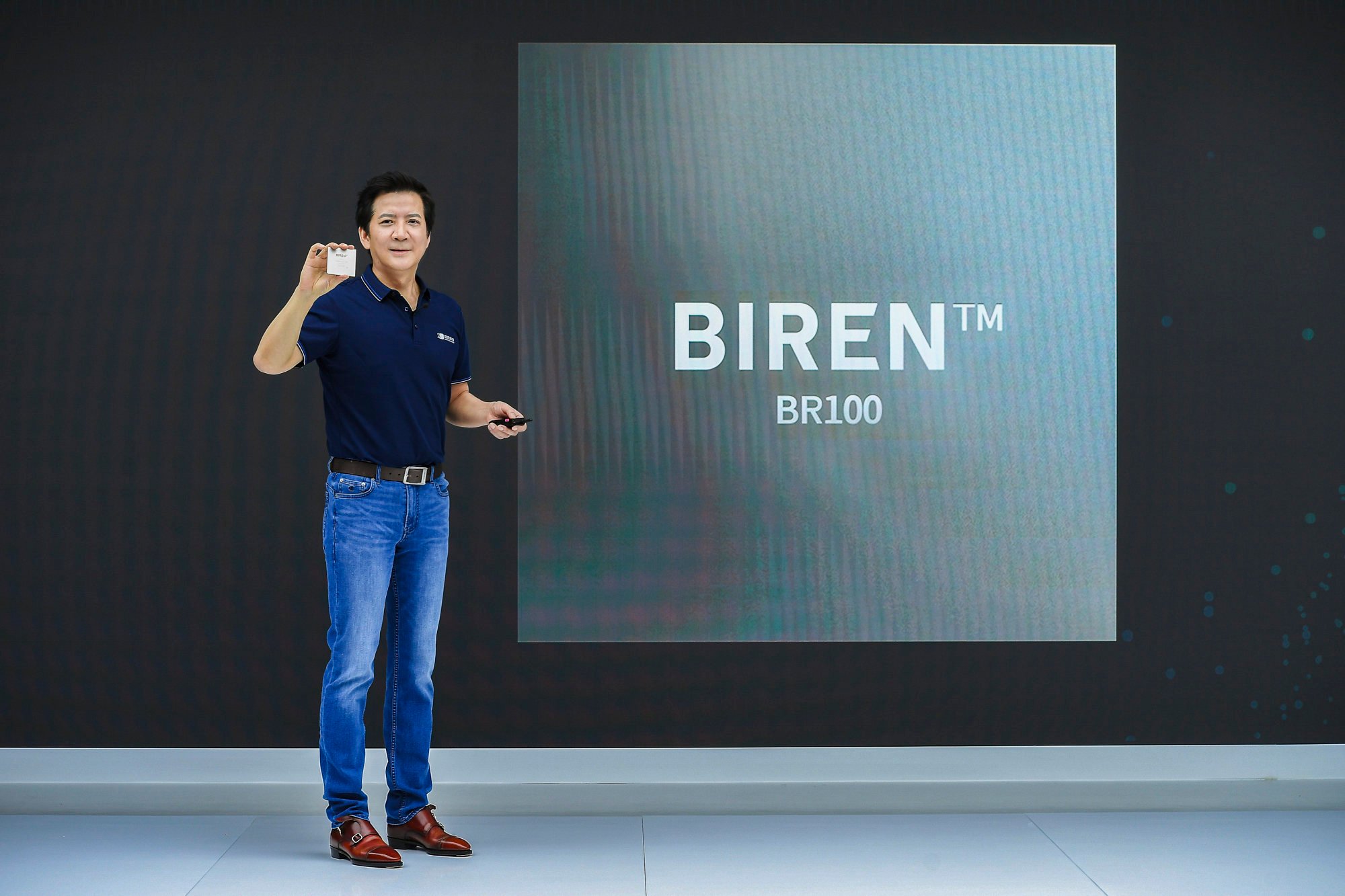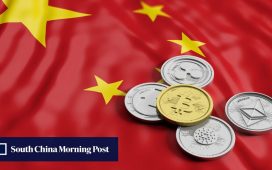The de minimis rule grants Washington long-arm authority over any product from a non-American company if the product contains at least 25 per cent American-origin technology. However, the latest tweak in the rule essentially made the proportion of US-origin technology irrelevant.
“This means lithography systems, including those made by ASML and other companies, once meeting US-specified parameters, will be subject to US export controls regardless of the proportion of US-origin technology,” said Dennis Lu, an attorney at Guo Yin Law Firm.
ASML’s 1980Di, which has become an industry workhorse for many Chinese wafer fabs, was introduced by the Dutch firm in 2015. Technical literature for the step-and-scan system, capable of processing 275 wafers per hour, stated that it can handle nodes from the mature 40-nanometre process to advanced sub-10-nm. However, the reference to sub-10-nm capability has been removed from the latest version, according to a document provided to the South China Morning Post by an industry source.

The tighter export rules came two weeks after Chinese telecommunications equipment giant Huawei Technologies surprised the world with a 7-nm processor for its latest 5G handset, made by China’s top foundry Semiconductor Manufacturing International Corp (SMIC). The Huawei-designed chip set off alarm bells in Washington and likely pushed the limits of what is achievable with SMIC’s existing fab equipment.
The October 2022 restrictions were aimed at capping China’s logic chip making abilities at 14-nm, its 3D NAND flash memory chips at 128 layers, and domestic DRAM chips at 18-nm half pitch. SMIC and Yangtze Memory Technologies Corp, China’s top memory chip maker, have since faced constraints in their technology advancement.
Analysts believe that the new measures, if implemented strictly, could even curtail China’s capacity expansion efforts in mature nodes as the US tries to plug loopholes in grey areas. Arisa Liu, a semiconductor research director at the Taiwan Institute of Economic Research, said disruptions are inevitable in the short term. China’s chances of overcoming export controls depend on how fast it can replace foreign-made DUVs with domestic substitutes that can sustain 28-nm and above mature production nodes in Chinese fabs.
China has worked for years to develop its own lithography systems, pinning its hopes on the state-owned enterprise Shanghai Micro Electronics Equipment Group. But the company’s best machine to date, the SSA600/20 scanner, is only capable of 90-nm lithography resolution, lagging far behind ASML and Japan’s Nikon.
Meanwhile, the US sanctions have prompted some Chinese chip-related start-ups to seek out investment funds by pitching their ability to help fill the void left by banned foreign suppliers.
The day after the US Commerce Department released its updated export rules for China, Wu Jiang, the founder of a chip materials company in eastern Jiangsu province, made a few calls to investors on his contact list.
The 42-year-old entrepreneur, whose company supplies photoresists essential for semiconductor fabrication, said it was not easy to get government grants but more funding was needed to support research and development. Over the past year, Wu has travelled to nearly a dozen Chinese cities and attended “countless industry conferences and exhibitions” to build up contacts with potential investors.
Dumped Apple supplier Ofilm gets lifeline as Huawei contractor
Dumped Apple supplier Ofilm gets lifeline as Huawei contractor
Wu’s experience exemplifies how small players in the world’s largest semiconductor market are both thriving and struggling under the US-China tech war and global economic headwinds.
For China’s AI industry, the future looks even dimmer under Washington’s updated rules that are set to slow the country’s progress in developing large AI models.
In a separate 287-page document, the US Commerce Department tweaked its export rules on a wide range of AI processors including graphics processing units (GPUs), to restrict chips with a total processing performance (TPP) of more than 4,800, or those with a TPP of 1,600 but a “performance density” of 5.92, among others.
This was designed to close a loophole that enabled Chinese customers to purchase a larger number of lower performance AI chips and combine them to create a more powerful processor, according to the document.
The new rule could also mean China’s efforts to use chiplet technology, pre-developed silicon die that can be packaged into more complex processors, to circumvent computing power limits is no longer possible.

Nvidia said in a stock exchange filing dated October 24 that the export rules will be “effectively immediately”, raising concerns that Chinese tech giants will be unable to receive orders already placed.
“This will have a huge impact on the [development] of China’s large AI models,” said Murong Sujuan, director of DHChip Insights.
Zhang Xiaorong, director of research institute Shendu Technology, said all companies and projects in the country that rely on imported AI chips could be affected, leading to an acceleration of innovation to replace foreign technologies.
However, success in self-sufficiency is not seen as a given because the US has also tightened compliance requirements for global chip foundries that take Chinese chip designs and turn them into finished silicon wafers.
Chip fabrication orders from China and other countries of concern will trigger a red flag alert at foreign foundries if the design incorporates more than 50 billion transistors and high-bandwidth memory (HBM) tailored for AI processors.

By comparison, Nvidia’s A100 processor is packed with 54 billion transistors. The popularity of HBM chips increased after Nvidia adopted them to speed up data transfers between central processing units and memory stacks.
Biren’s BR100, a high-performance GPU, could not be manufactured by leading foundries like Taiwan Semiconductor Manufacturing Co, because it has 77 billion transistors.
“No one knows what will happen in the future,” Zhou said. “So I told my customers to buy them as soon as they can.”







